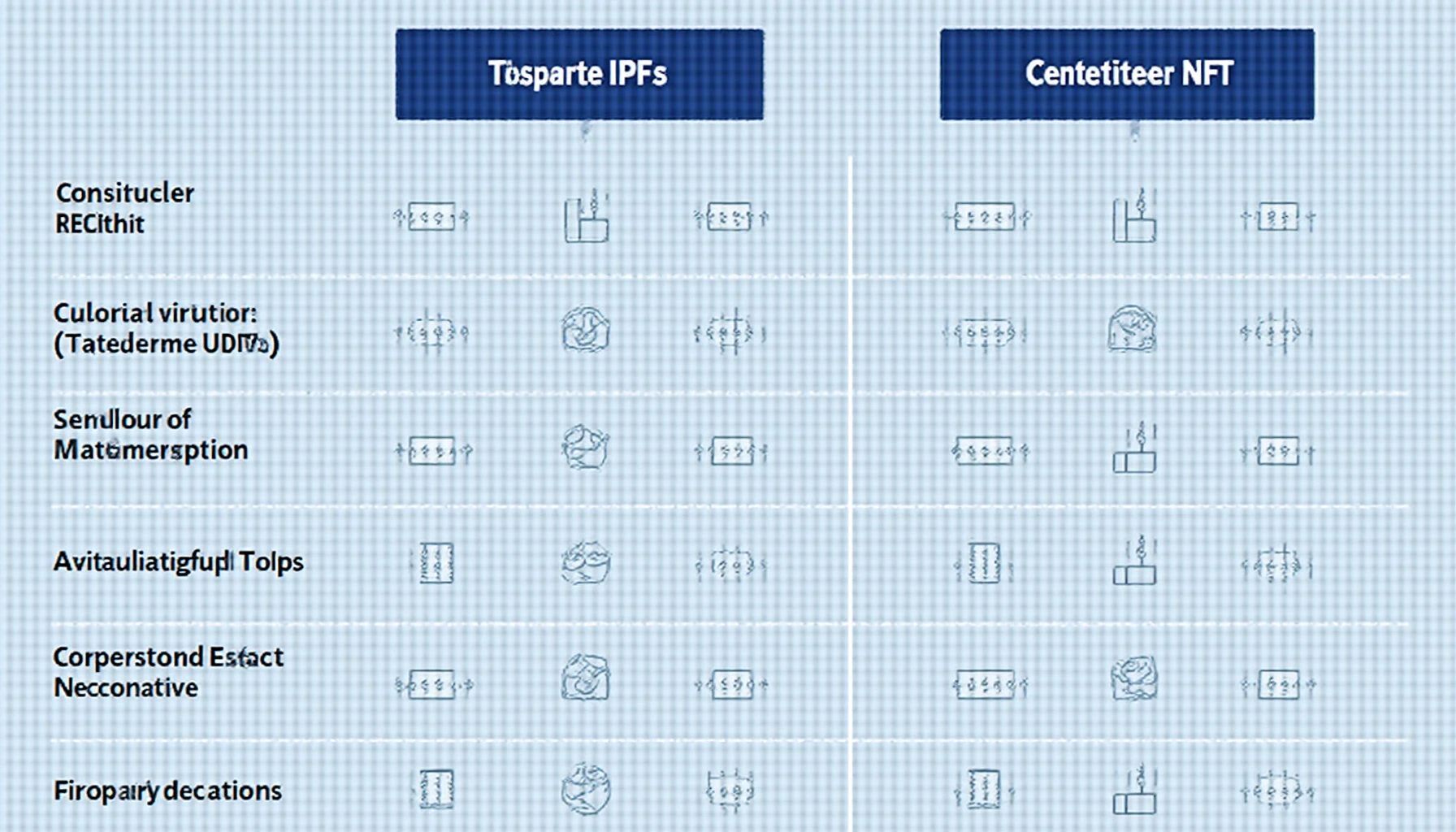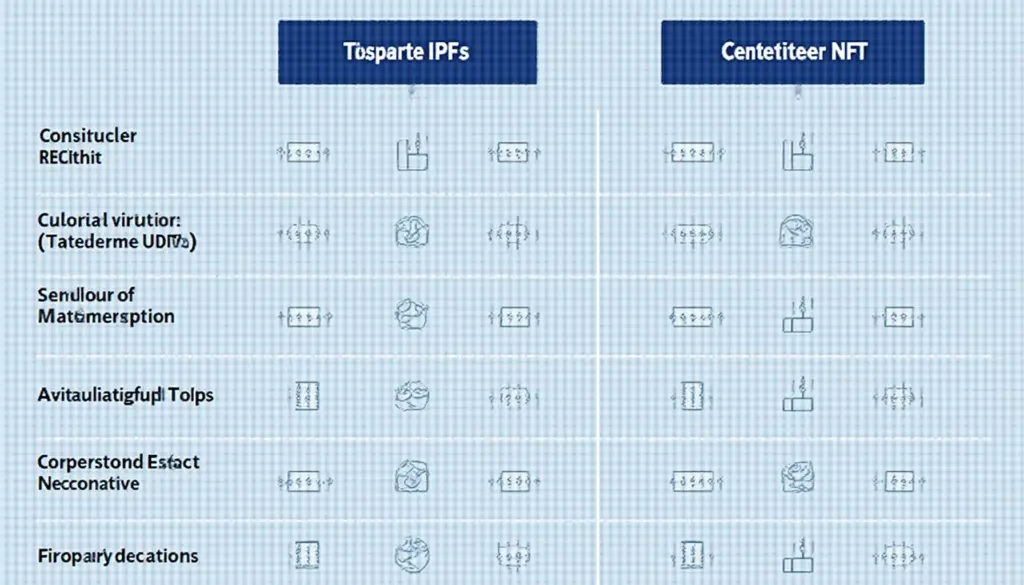IPFS vs Centralized NFT Storage: A Comparative Analysis
IPFS vs Centralized NFT Storage
The rise of non-fungible tokens (NFTs) has created significant discussions surrounding the storage of digital assets. As creators, collectors, and investors navigate the NFT landscape, the debate between IPFS vs centralized NFT storage becomes a crucial consideration. How do we maintain accessibility and security in our digital creations? This exploration addresses a prominent pain point: the vulnerability of NFTs in centralized systems.
Pain Point Scenarios
Many NFT enthusiasts have faced terrifying scenarios where their prized digital assets are either lost or compromised. For example, in 2022, a well-known NFT marketplace suffered a significant data breach, leading to stolen assets worth millions. This incident highlighted the inherent risks associated with storing NFTs on centralized platforms, where a single point of failure can result in catastrophic losses. The urgency of finding secure alternatives has never been clearer.
Solutions Deep Dive
To address the issues surrounding NFT storage, we can analyze the two primary solutions: IPFS (InterPlanetary File System) and traditional centralized storage services. These solutions must be examined closely to determine their strengths and weaknesses.

The first solution, **IPFS**, employs a decentralized network that distributes data across multiple nodes. This technology enhances security, reduces reliance on any single server, and makes retrieving files faster. In contrast, centralized storage relies on a single entity to manage all data. Here’s a comparative analysis:
| Parameter | IPFS | Centralized Storage |
|---|---|---|
| Security | Highly secure due to decentralization | Vulnerable to breaches |
| Cost | Often cheaper for large collections | Potentially higher as usage scales |
| Applicable Scenarios | Perfect for artists and decentralized applications | Suitable for quick, low-stakes deployments |
Data from recent reports, such as an IEEE paper forecasting that by 2025, decentralized storage like IPFS will account for over 30% of all digital asset transactions supports this comparison. Centralized solutions may lead the market now, but the change is imminent.
Risk Warning
While exploring IPFS vs centralized NFT storage, it’s crucial to recognize specific risks involved, especially in digital ownership. The most significant risk includes potential loss of access if nodes fail or if the file isn’t carefully pinned. **It’s advisable to implement regular backups** and consider using multiple storage solutions to mitigate these dangers. Relying solely on one method could jeopardize the integrity of your NFTs.
In the evolving world of cryptocurrency and digital ownership, platforms like cryptonewssources provide invaluable insights and analysis for users seeking to understand these complexities.
FAQ
Q: What are the primary benefits of using IPFS for NFT storage?
A: The benefits of IPFS include enhanced security, reduced costs, and decentralized access, making it superior compared to centralized storage.
Q: Can centralized storage be entirely trusted for NFT management?
A: Centralized storage carries significant risks including security vulnerabilities and data loss, particularly in the context of IPFS vs centralized NFT storage.
Q: How can I secure my NFTs effectively?
A: Utilize a combination of storage methods and regularly back up your assets to mitigate risks associated with both IPFS and centralized storage.




